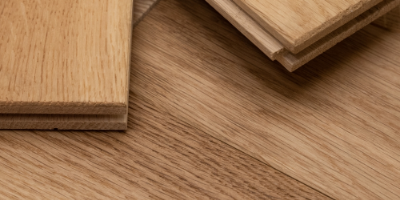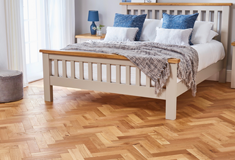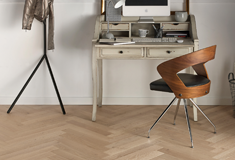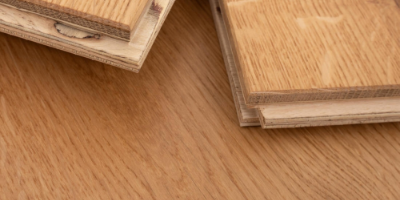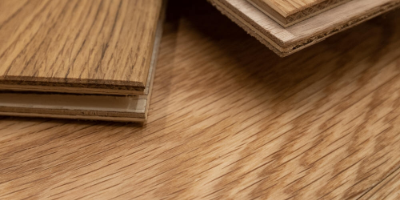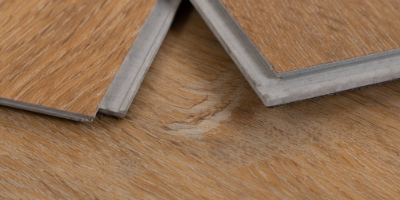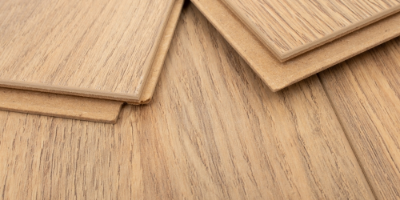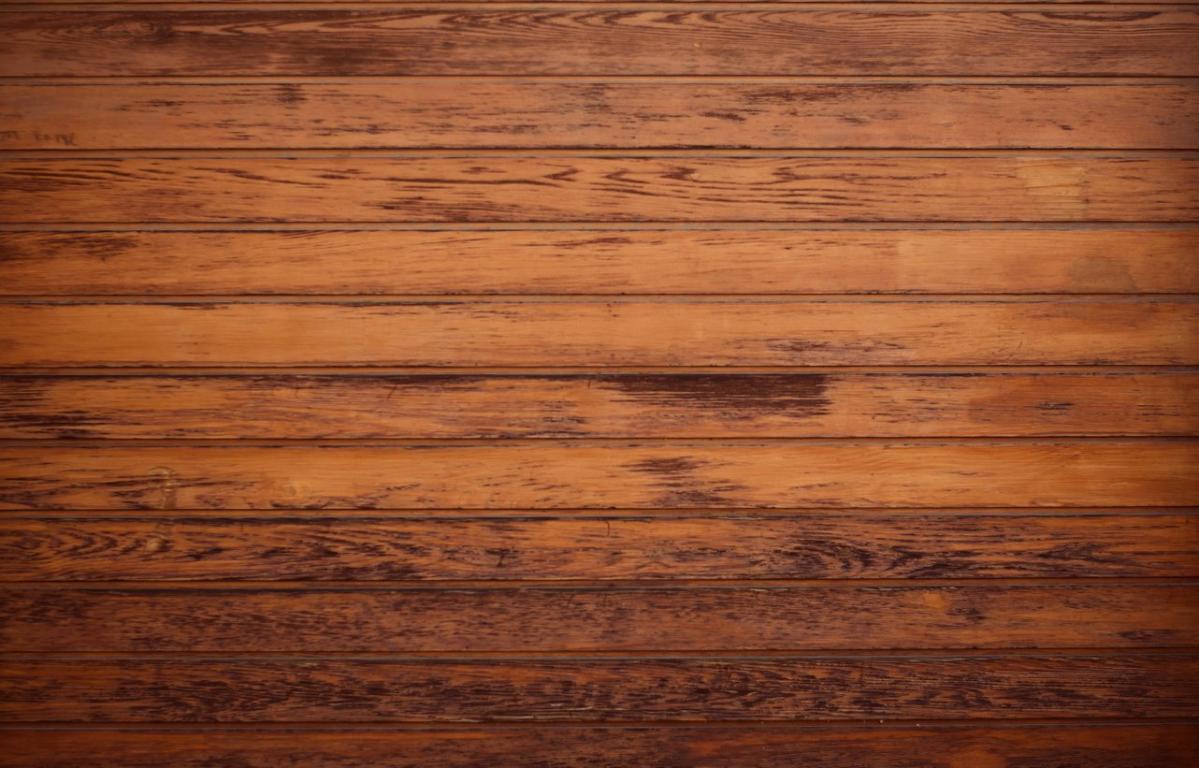How to Oil Solid or Engineered Wood Flooring
Over time a floor can start to look old and oiling your floor can bring back that fresh natural look whilst making the product extremely hard wearing. We are forever getting asked how often you should oil your solid or engineered wood, however there is no correct answer to this question. It all depends on personal preference. Many wood floor owners will say they like the character that an old floor brings, whereas other customers prefer a floor that constantly looks fresh and new. As a basic guideline we recommend you oil your floor roughly every 2 – 3 years, although some floors can start to look dry and old a lot quicker than others, depending on foot traffic and how often it is cleaned. Every time you clean a floor, a bit of oil is taken away from the surface meaning the more frequently you clean the floor, the quicker the oil will wear away. This logic is the same with foot traffic, the heavier the foot traffic the more frequent your floor will need re-oiling. Most manufactures recommend that you should oil your flooring straight after installation. Flooring can sometimes be stored for long periods of time before being delivered to its final destination, storing and transporting flooring can sometimes cause the oil to wear away. If you immediately oil your flooring then you will gain the look of a new finish from day one.
Before Oiling
The preparation of your floor is crucial to guarantee the best results from the oiling process. It is recommended that a floor should always be sanded before oiling, especially if you are replacing a lacquered finish with an oiled finish. When you sand a wooden floor it opens up a new surface layer and makes it a lot easier for the oil to seep into the grain. If you are just re-coating an oiled floor that has been recently sanded, then it is not always necessary to sand your floor, however some quality may be lost. When sanding your floor, you should use at least a 120 grit sandpaper or if you are wanting a professional sanding, then hiring a sander is always advised. After sanding it is always useful to mop your floor to reduce the amount of dust that sits on the surface of your floor. The floor should then be left to dry, this also gives any excess dust time to settle into the flooring.
How To Oil Your Wood Flooring?
The first step is to make sure your oil is mixed properly to ensure there are no pigment lumps in the oil solution. Once mixed you should leave the oil to rest for a couple of minutes to ensure all air bubbles disappear before use. Now the oil is ready, you should use either a microfiber roller or a natural bristle hard quality brush to start spreading the oil on your floor. It is important to have a plan of how you are going to leave the room. You should start by oiling the corners and work your way towards the exit. The oil should be spread evenly using a feathering technique to ensure no brush marks are left behind. If you are wanting a more polished finish, then you can buff the floor using a buffer to create a very smooth surface, which will further reflect the light. When the oiling or buffing is completed, it is time to wipe away any excess oil using a soft cloth. This ensures that no puddles of oil are left to rest on the woods surface. The first coat should be left to dry for around 12 hours before repeating the same process. You only need to apply 2 coats of oil and after the second coat the floor should be left for a further 12 hours to dry and settle.
Have Your Say
Have you attempted this process? Share your experience with us in the comments!
Remember to follow us on Facebook, Twitter, and Instagram for the latest news and discussions. We’re always finding new ways to improve our stock, so keep up to date!

